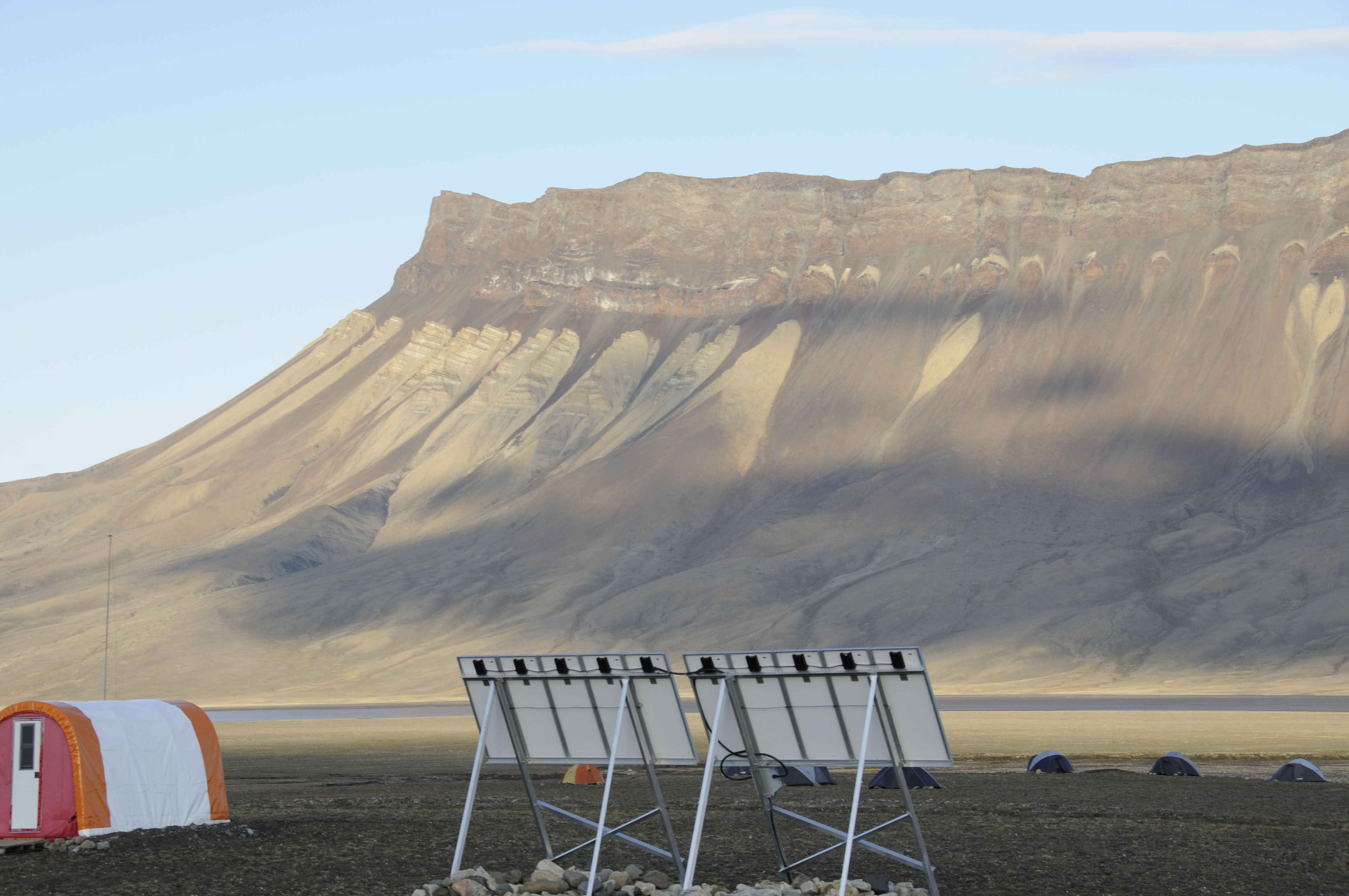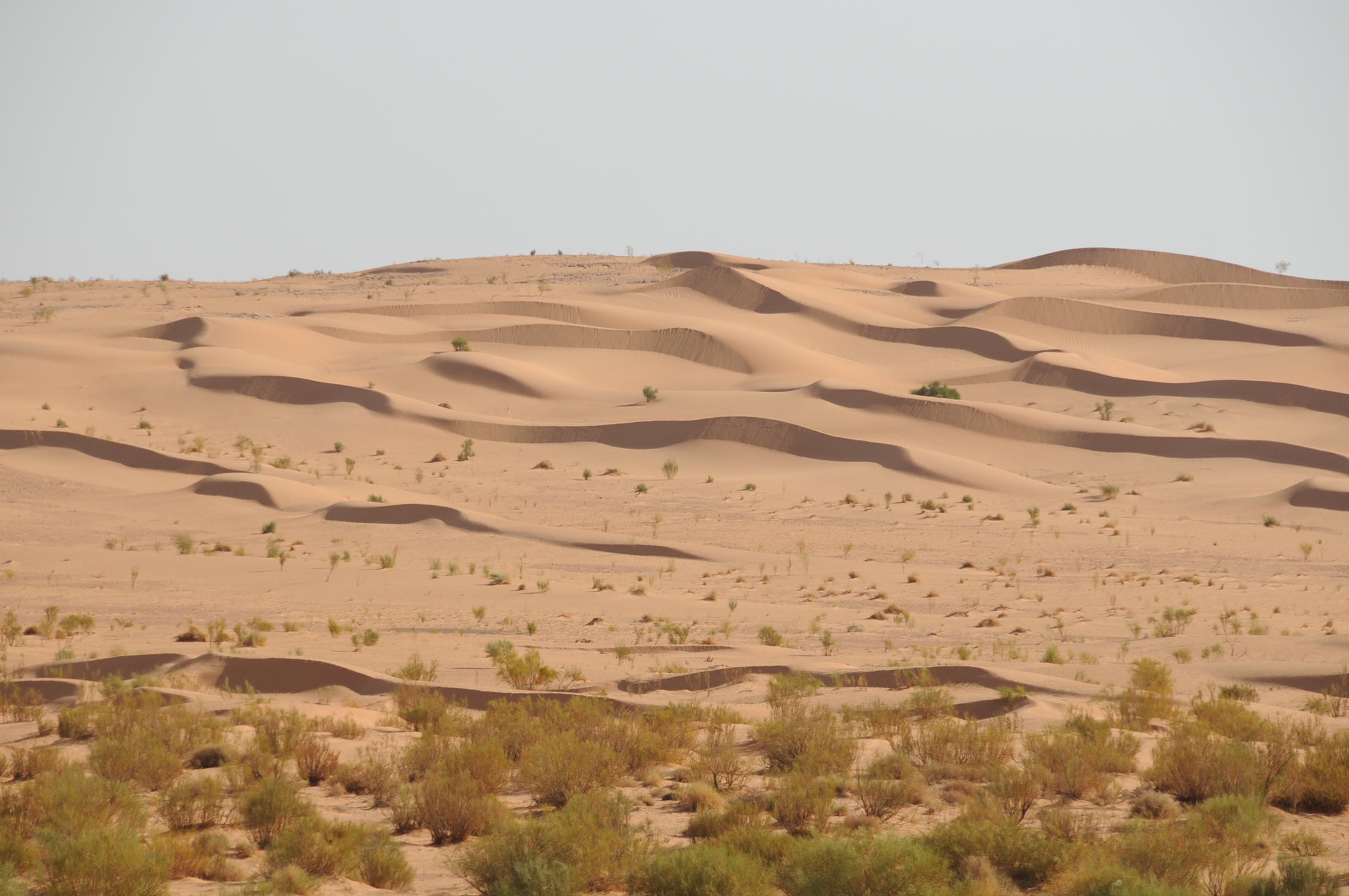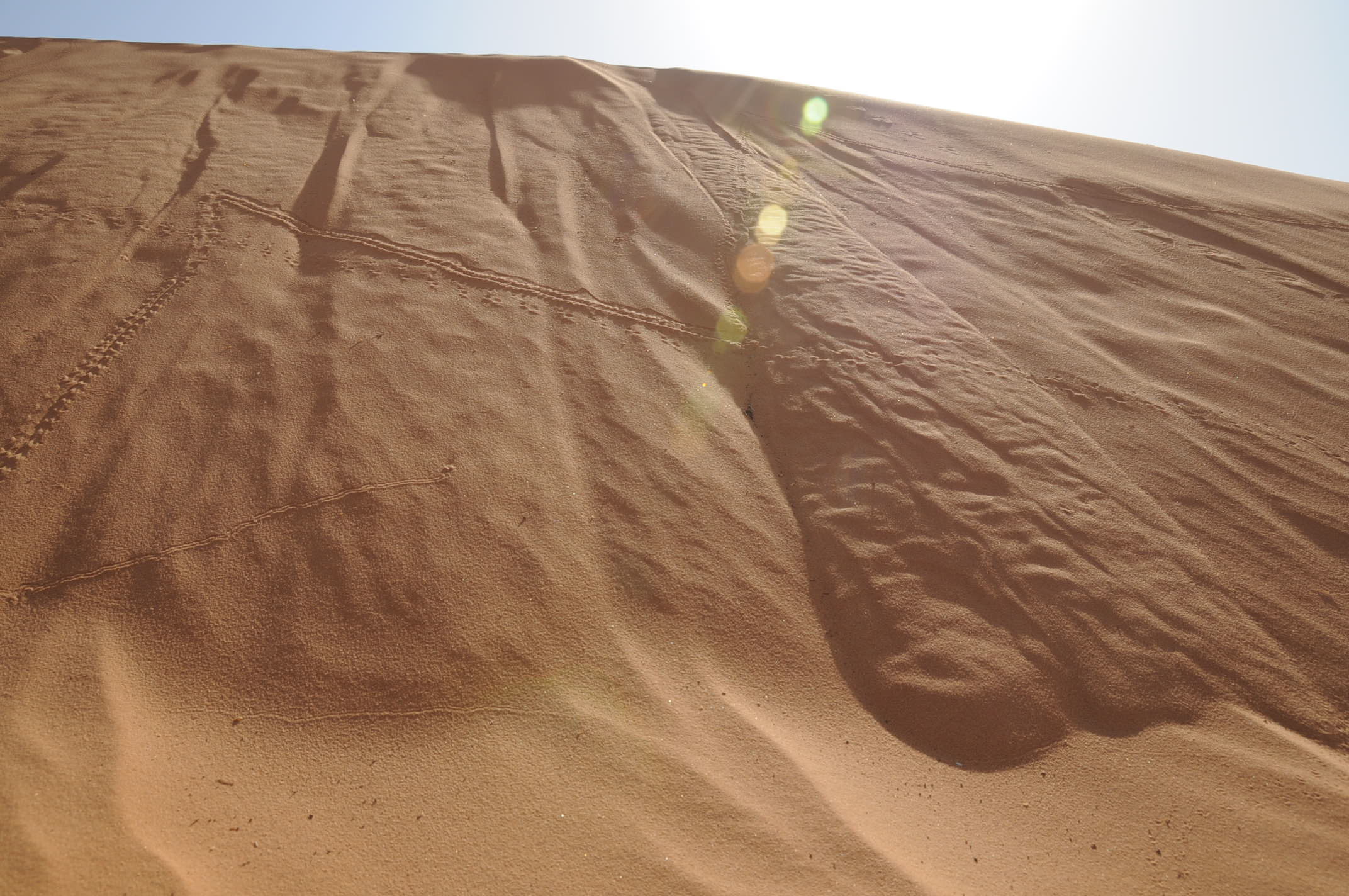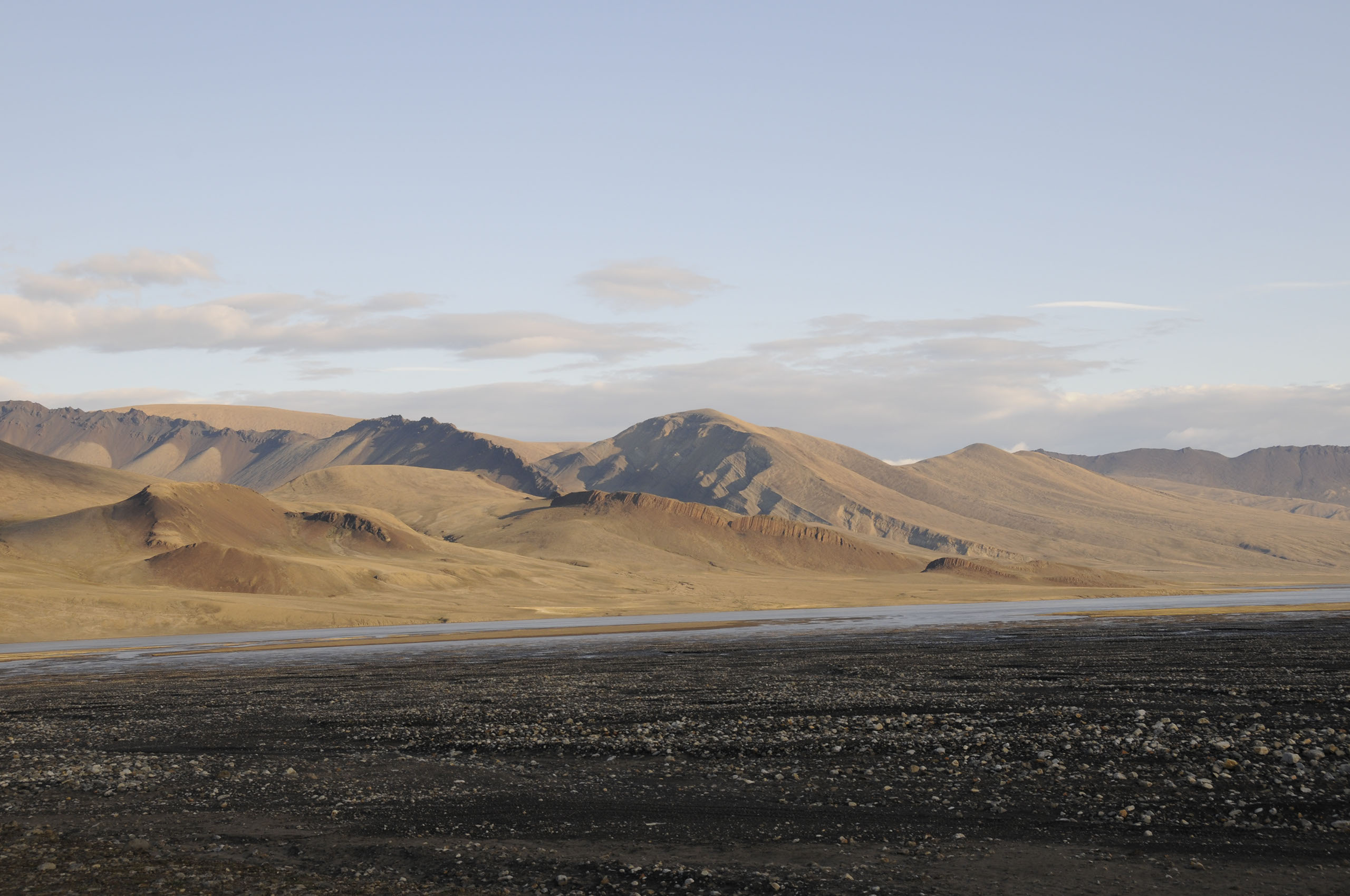What I learned in the field that I did not in lab.
Kris Zacny, PhD
Honeybee Robotics, zacny@honeybeerobotics.com
Main Points:
1. Sample state change. The state of the sample (sample will dehydrate, loose biomass etc.) as a result of being removed from its environment.
2. Instrument requires specific sample. Evaluate an instrument capabilities, the instrument should be deployed along with the sample acquisition and transfer system required for that instrument. The main reason for this is that the robotic sample acquisition, processing and delivery will always be a weak link in the entire ‘dirt to data’ chain and hence the instrument will have to work with imperfect sample. By deploying the sampling system and the instrument in the field, it is possible to evaluate first hand, how sensitive is that instrument to various conditions. The sample acquisition and transfer system will have to deal with a vast range of formations and this will directly impact the physical and chemical state of the sample delivered to the instrument. Because it is impossible to create geological uncertainty in the lab, the samples themselves will not be as representative as the ones in the field, and in turn, the instrument capabilities might be skewed.
Other thoughts:
3. Geological uncertainty. Geological uncertainty cannot be duplicated in laboratory. Nature is very diverse and only by testing hardware in a number of different analog sites one learns and starts to appreciate geological complexity. A sampling system on Mars needs to be able to deal with all conditions. Hence, by testing hardware in diverse analog sites the hardware can be modified to address a range of conditions.
a. Compacted regolith (harder to drill, easy to sample) vs. loose regolith (easy to drill, hard to sample)
b. Icy samples – loss of sample (sublimation), stuck drill, a rock within ice/icy ground (heat source during drilling)
c. Hard rocks (hard on drilling but cores great quality) vs. soft, friable rocks (easy to drill but cores are poor quality)
4. Concept of Operations. Concept of operations could be easily performed in a laboratory condition. However, what an analog site provides is a specific outdoor environment that influences how the sample behaves
a. Exposed to sun – need to transfer sample very fast (Mars Phoenix 2008, Antarctica 2010)
b. Sticky samples
c. Cross-contamination – can we control it?
d. Wind – need wind guards?
5. Operation Readiness Test (ORT). For large and long field campaigns one should consider an Operation Readiness Test (ORT) close by to shake out potential logistical problems.
6. Logistics. Logistical support is critical especially in early TRLs. Easy of getting spare parts, tools, hardware for not only fixing equipment but also modifying etc.
7. Especially important at very low instrument TRL. Guides instrument development process.
a. Low TRL instrument are relatively cheap, high TRL are expensive. It is time consuming and expensive to redesign high TRL instrument because not sufficient due diligence was done during low TRLs. It is very expensive to build “fixes” when the spacecraft is nearly completed!
b. One way to find what parts of the instrument/sampling system are fragile (damage during shipping, deployment etc.)
8. Thermal environment (cold): equipment is cold soaked and hence responds differently during sample acquisition. (Drill stuck in vac. chamber in ice because drill T>0). Easier to evaluate thermal history of a sample during sample acquisition.
9. Playground: Easy to try out different sampling approaches.
10. Experience. Gives instrument developers (engineers) an idea of environment where the instrument will be used. Scientists go to the field but engineers build hardware – information/lessons learned can be lost.
11. Team: scientists working with engineers. Scientists learn about difficulty in robotic exploration and engineers learn what scientist care about. Problems are addressed by both sides and this interaction may result in better instrument/sampling system design.
12. Things you would never know! Icy chips in Antarctica flow like sand if kept away from direct sunlight. Wish we knew that before sampling icy samples on Phoenix.
© Copyright IbnBattutaCentre/IRSPS
The material of this website cannot be reproduced without permission of IbnBattutaCentre and IRSPS




